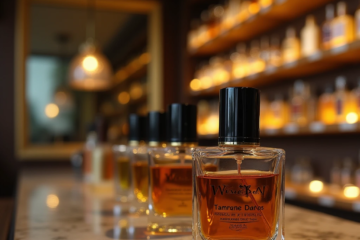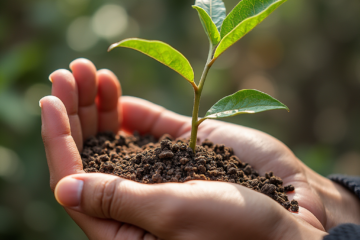Oud is a highly prized fragrance worldwide, valued for its complex aroma and cultural significance. Understanding its classification, quality assessment, and pricing is crucial for merchants, collectors, and enthusiasts.
Oud Classification: A Multifaceted Approach
Oud classification combines geographical origin, quality grades, and specific characteristics. While not universally standardized, the industry often uses a combination of these factors:
1. Geographical Origin:
- Indian Oud
- Cambodian Oud
- Indonesian Oud
- Burmese Oud
- Others (Thai, Malaysian, etc.)
2. Quality Grades:
Within each geographical category, oud is often further classified into grades. Common classifications include:

- Triple Super (highest grade)
- Double Super
- Super
- Standard grade, For example, you might find «Indian Triple Super Oud» or «Indonesian Maroki Double Super Oud» in the market.
3. Specific Types:
- Kyara or Kinam: The highest and rarest grade of oud
- «Sunken Oud»: Extremely dense, high-quality oud that sinks in water
Key Factors in Oud Evaluation
- Origin: Each region produces oud with distinct characteristics. For instance, Cambodian oud is often noted for its sweet, earthy notes, while Indian oud may have a more complex, fermented profile.
- Age: Both the age of the agarwood tree and the maturation period of the oud oil after distillation contribute to its quality.
- Resin Content: Higher resin content typically indicates better quality. This is often referred to as «fat content» in the trade.
- Scent Profile: The complexity, depth, and balance of the fragrance are crucial. High-quality oud often develops and changes over time when worn.
- Physical Characteristics: Color (darker often indicating higher quality), density, and texture of the wood or oil are important indicators.
- Rarity: Certain types, like Kyara or old-growth agarwood, are extremely rare and command premium prices.
- Harvesting and Processing: Sustainable harvesting practices and skilled processing significantly impact quality.
Evaluation Techniques
Experts employ various methods to assess oud quality:
1. Visual Inspection: Examining the color, texture, and visible resin content of agarwood chips or the clarity and color of oud oil.
2. Density Assessment: Higher quality oud tends to be denser. Some rare, high-grade oud chips can even sink in water.
3. Scent Analysis:
- Cold Scent: Evaluating the aroma without burning.
- Burn Test: Assessing the fragrance, smoke quality, and residue when a small amount is heated.
4. Comparative Analysis: Comparing against known high-quality samples to gauge relative quality.
5. GC-MS Analysis: For oud oils, gas chromatography-mass spectrometry can provide a detailed chemical profile, though this is typically used in research or high-end trade.
Price Considerations
Oud prices can vary dramatically based on quality, rarity, and market demand. Factors influencing price include:
- Quality Grade: Higher grades command significantly higher prices.
- Origin: Certain origins, like old-growth Cambodian oud, are particularly valued.
- Rarity: Kyara or extremely old oud can reach prices comparable to precious metals.
- Market Trends: Like any luxury good, oud prices can be influenced by market demand and trends.
- Sustainability: Ethically sourced, sustainable oud often commands a premium.
Challenges in the Oud Market
- Adulteration: The high value of oud has led to issues with adulteration. Some products labeled as oud may contain synthetic fragrances or be diluted with other oils.
- Sustainability: The increasing demand for oud has raised concerns about the sustainability of agarwood harvesting.
- Expertise Required: Proper evaluation of oud requires significant expertise and experience, making it challenging for novice buyers.
Conclusion
Understanding the nuances of oud classification, evaluation, and pricing is essential for anyone involved in the oud trade or passionate about this exquisite fragrance. While general guidelines exist, the assessment of oud quality remains an art that combines scientific knowledge with sensory expertise. As with any valuable commodity, buyers are encouraged to purchase from reputable sources and, when possible, seek the opinion of experienced oud specialists.




